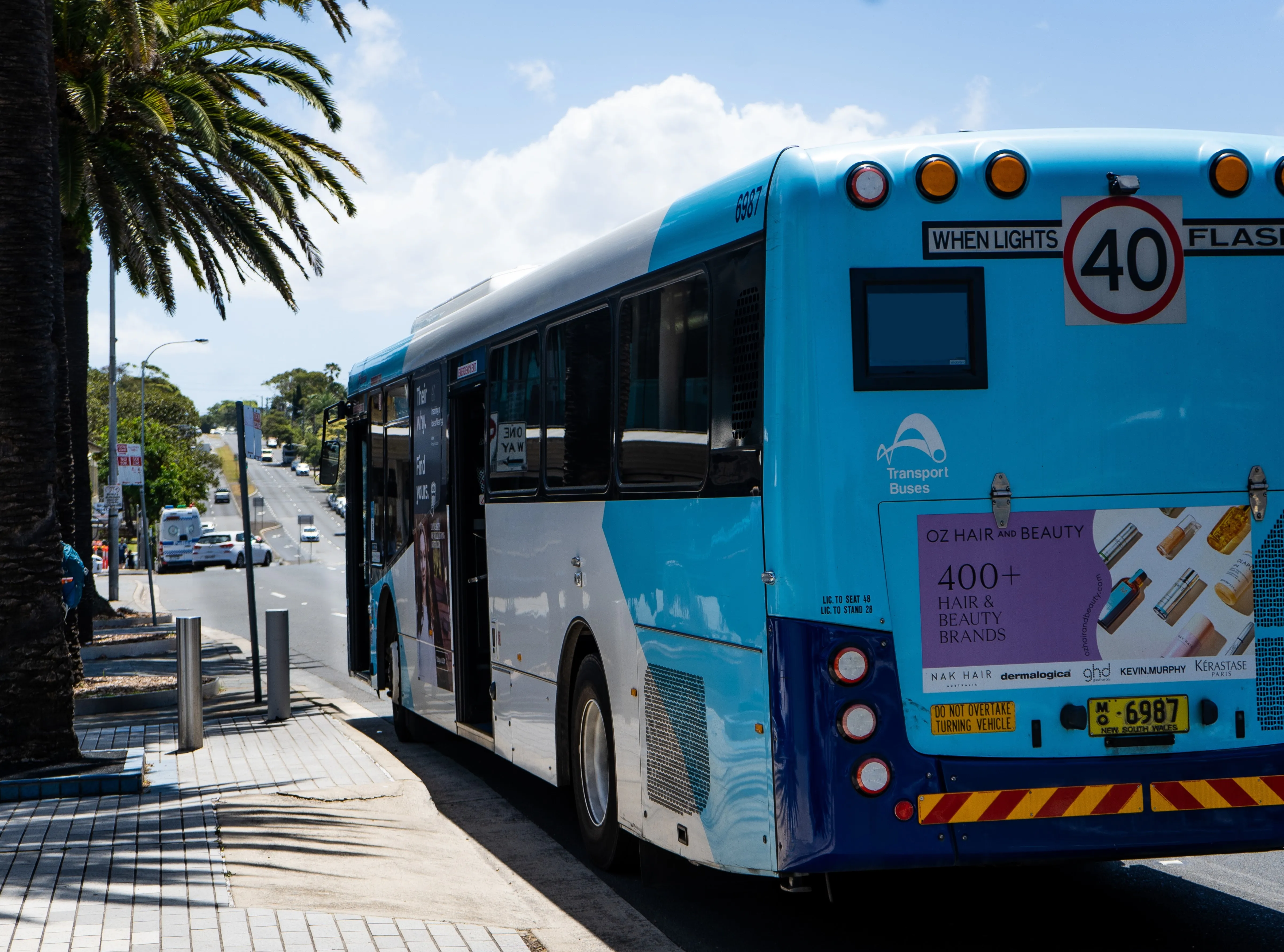Deal values for global transactions of transport infrastructure assets including airports, ports and road operations have risen steeply since the beginning of the year with 2013 poised to be a record year for transport infrastructure deals, according to an analysis by global advisory firm KPMG.
The first half of 2013 saw global deals of infrastructure assets worth US$16.6 billion, by the end of the third quarter this figure had risen to US$23.5 billion, which already exceeds total annual deal values fo
November 15, 2013
Read time: 2 mins
Deal values for global transactions of transport infrastructure assets including airports, ports and road operations have risen steeply since the beginning of the year with 2013 poised to be a record year for transport infrastructure deals, according to an analysis by global advisory firm 1981 KPMG.
The first half of 2013 saw global deals of infrastructure assets worth US$16.6 billion, by the end of the third quarter this figure had risen to US$23.5 billion, which already exceeds total annual deal values for every year since 2008, the KPMG research shows.
The majority of assets being acquired in 2013 have been either in Europe or Asia. This year alone the UK has seen major deals such as the acquisition of Stansted Airport by Manchester Airport Group for (US$2.4 billion and the sale of a nine per cent stake in Heathrow airport by Spain’s4419 Ferrovial to Universities Superannuation Scheme, one of the UK’s largest pension funds, for US$636 million.
Steffen Wagner, KPMG’s European Head of Transport M&A comments: “There are three main drivers behind this trend: Public budget restraints across debt ridden countries especially in Europe have forced national governments to privatise national infrastructure and look for private operators and investors in order to secure the operation of strategic transport infrastructure and hub networks.
“Secondly, private investors like pension funds are constantly looking for investment opportunities with steady cash flows and growth prospects and transport infrastructure targets including ports and airports can offer these opportunities. Thirdly, strategic investors are increasingly investing in infrastructure assets, especially in emerging markets where growth forecasts are significantly above the mature markets in Western Europe and North America”.
With transaction multiples high, public budgets low and growth prospects steady, M&A in transport infrastructure is expected to remain high on the sector’s agenda.
The first half of 2013 saw global deals of infrastructure assets worth US$16.6 billion, by the end of the third quarter this figure had risen to US$23.5 billion, which already exceeds total annual deal values for every year since 2008, the KPMG research shows.
The majority of assets being acquired in 2013 have been either in Europe or Asia. This year alone the UK has seen major deals such as the acquisition of Stansted Airport by Manchester Airport Group for (US$2.4 billion and the sale of a nine per cent stake in Heathrow airport by Spain’s
Steffen Wagner, KPMG’s European Head of Transport M&A comments: “There are three main drivers behind this trend: Public budget restraints across debt ridden countries especially in Europe have forced national governments to privatise national infrastructure and look for private operators and investors in order to secure the operation of strategic transport infrastructure and hub networks.
“Secondly, private investors like pension funds are constantly looking for investment opportunities with steady cash flows and growth prospects and transport infrastructure targets including ports and airports can offer these opportunities. Thirdly, strategic investors are increasingly investing in infrastructure assets, especially in emerging markets where growth forecasts are significantly above the mature markets in Western Europe and North America”.
With transaction multiples high, public budgets low and growth prospects steady, M&A in transport infrastructure is expected to remain high on the sector’s agenda.








